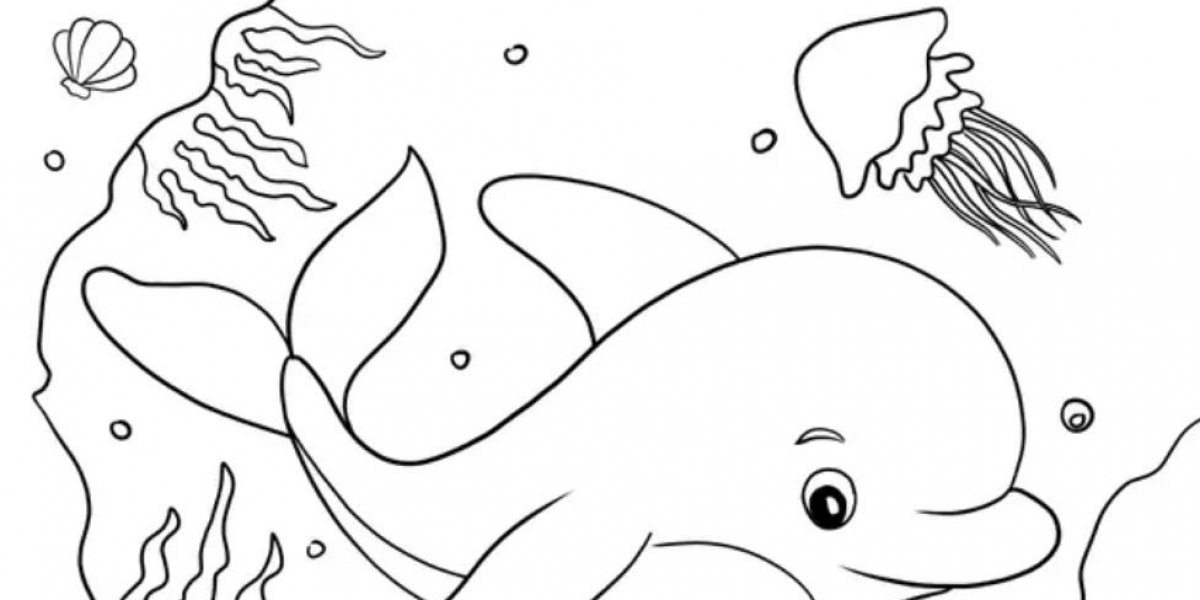Coloring is one of those quiet activities most of us associate with early childhood—something done with crayons, a box of markers, and paper scattered across a kitchen table. It’s easy to label it as just a way to keep little hands busy. But that would be missing the point entirely. Coloring, when used thoughtfully, has a real place in learning at every stage of life.
Whether you’re helping a preschooler strengthen their grip or guiding a teenager through focus-building tasks, coloring serves purposes far beyond the surface. It isn’t about filling spaces with color. It’s about how the act supports concentration, creativity, planning, and emotional calm—all of which are foundational for learning.
The Early Years: Creating, Not Just Coloring
For kids between three and five, coloring usually starts with scribbles. And that’s exactly where it should start. At this age, there’s no need to push for neatness or finished results. What matters is the motion, the coordination, and the ability to express.
Young children are still getting used to how their hands work. Coloring helps them build control, strength, and direction in a way that feels natural. They’re not just filling a shape—they’re learning how to move from thought to action through a tool. Gripping a crayon, guiding it across a page, choosing a color—all of this supports both motor and mental development.
Structured coloring activities can also ease kids into routines. Sitting down to color can teach patience, turn-taking (if done with others), and a sense of independence. But the key in these early years is to keep things open-ended. Let the child lead. They don’t need rules or right answers yet—they need space to explore.
No One-Size-Fits-All: Let Development Lead
It’s a mistake to assume every child should begin or end coloring at a specific age. While some kids take to it naturally and early, others may need more time. Some children enjoy coloring well into later childhood—not because they’re behind, but because it continues to serve a role in their learning.
This is why age shouldn’t be the main factor when choosing coloring activities. Instead, think about what the child needs to work on. Are they struggling with focus? Try short, detailed coloring tasks. Need help with emotional regulation? Calming scenes with soft colors can do wonders. Want to build planning skills? Ask them to complete patterns or color by instruction.
Coloring fits in where it’s needed, not just when it's expected. And this flexible nature is what makes it valuable for educators and caregivers alike.
Learning Through Coloring: More Than Just Fun
Coloring does far more than keep kids entertained. When guided with a clear goal, it can directly support academic and developmental skills.
Start with focus. Coloring naturally promotes sustained attention. A child has to make choices, stay on task, and see it through. These small challenges build the mental stamina needed for other learning tasks.
Coloring also helps with spatial awareness and understanding boundaries—both physical and cognitive. Matching color to shape, staying within lines (when developmentally ready), or completing symmetrical patterns encourages problem-solving in subtle ways.
And for younger students just learning letters or numbers, coloring becomes a natural step toward literacy. When kids color letters or color-code sight words, they’re reinforcing memory through motion. Visual, tactile, and kinesthetic learning blend together in a way that sticks.
You’ll find a wide range of coloring pages designed specifically to support these kinds of skills. Whether it’s matching numbers to colors or coloring maps in geography, these tools give educators and parents the flexibility to align coloring with specific learning goals.
Older Learners and Adults: The Overlooked Benefits
Coloring isn’t something we outgrow. In fact, for teenagers and adults, it serves a slightly different—but equally valuable—purpose.
At higher ages, coloring becomes more about focus, planning, and mental reset. It helps break digital fatigue, especially for those who spend hours in front of screens. Students facing test stress or burnout can benefit from a 15-minute coloring break—something to ground them, redirect their thoughts, and reduce anxiety.
For adults, coloring also functions as a mindfulness practice. This isn’t just anecdotal; studies have shown that focused creative tasks like coloring can lower stress levels, slow heart rate, and promote relaxation. It’s no surprise that adult coloring books have surged in popularity. They're not about play—they’re about presence.
There’s also a practical edge. Coloring can support learning at all stages—highlighting systems, labeling diagrams, or organizing thoughts in a visual notebook. The act of choosing colors, assigning meaning, and creating visual structure helps learners of all ages better understand what they’re studying.
The Takeaway: Coloring is a Tool, Not a Phase
The idea that coloring is only for children under five is outdated—and frankly, limiting. When you look past the surface, you’ll see that it supports so many key parts of learning: motor development, concentration, creativity, memory, and emotional well-being.
It’s not about whether the picture turns out "pretty." It’s about what’s happening in the brain while the hand is moving. The choices, the movement, the problem-solving—these are the true outcomes of coloring.
Coloring doesn’t need to be outgrown. Instead, it should evolve alongside the learner. From preschool to adulthood, its role may shift, but its value holds steady. So next time you see a coloring book, don’t see it as a toy. See it as a quiet but powerful tool—one that belongs in every stage of education.














